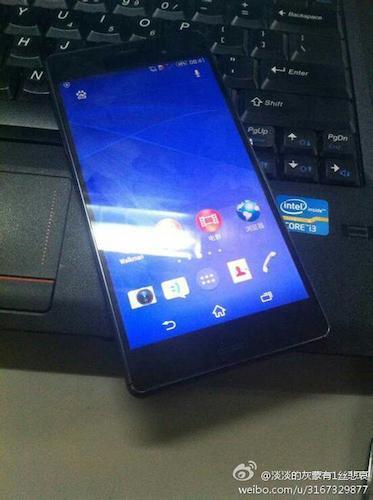
When it comes to smartphone launches, and the sheer number of phones that we have on the market at any one moment, we really have gotten better about things. It has gotten better. It was only a few years ago that we had so many variants of a device it was practically impossible to realistically keep track of them. Especially in international markets. There were just so many devices.
We have gotten better, but there's a feeling that we're starting to revert back to the way things were. It's a small step, sure, but it seems to be a step in that direction. Practically every manufacturer out there has a flagship, and then variants that immediately get released afterwards. HTC, Samsung, and even LG's rumored to be jumping on the train here shortly, too.
Admittedly, and we have to give credit where credit's due, Samsung has apparently turned their focus from drowning the market in smartphones to weighing it down with tablets. So, that's something.
As we move towards the "flood the market" behavior again, maybe, the one thing that's leading the charge is apparently multiple flagship devices. This is new, and I'm not a fan of it at all. It may be just that I've gotten used to seeing one flagship a year, but I think it's mostly that I feel like this is simply the best way to go about things.
It could also be related to the fact that with two-year phone upgrades, yearly refreshes for these devices made the most sense for a company trying to make money, and for consumers trying to get the best device when they can.
For instance, picking up the iPhone 4s and sticking with a two-year upgrade means you can get the iPhone 5s (which some would argue is the better bet, with tweaked internals versus the iPhone 5). But, of course, there are people who early adopt, and waiting that long just doesn't work.
However, early adopters aren't the majority, and launching multiple high-end flagship devices in a year, just like Sony is reportedly doing with a follow-up to the Xperia Z2 already in the works for a launch later this year, is just the easiest way to make your customers mad. We upgrade to a new piece of technology knowing full well that it's going to get replaced "soon," but I think most of us assume it's going to be a year, at least, before that happens. (From the same company, mind you. Not a competitor.)
Samsung launched the Galaxy S5, and then not too long after launched a better version of the device in the Galaxy S5 LTE-A -- and will apparently do it again with the Galaxy F. LG? They've got a slightly upgraded version of the G3, too. If these upgraded handsets never make it out of their niche markets, then maybe it isn't an issue, but it's not like those markets didn't have access to the previous devices, too. So, someone's missing out on something, somewhere.
Honestly, I think companies would be better off just putting their resources in three categories: high-end, mid-range and low-end. Make the best device you can in each of those markets, and stick to yearly refreshes for each of them. But, that would mean fewer devices on the market, which would mean fewer devices for people to buy. So, it's never going to happen. A guy can dream, though.
Did you buy a Samsung Galaxy S5, an LG G3, or Sony Xperia Z2, and feel kind of duped in the possibility of a better handset coming out only a few months later?